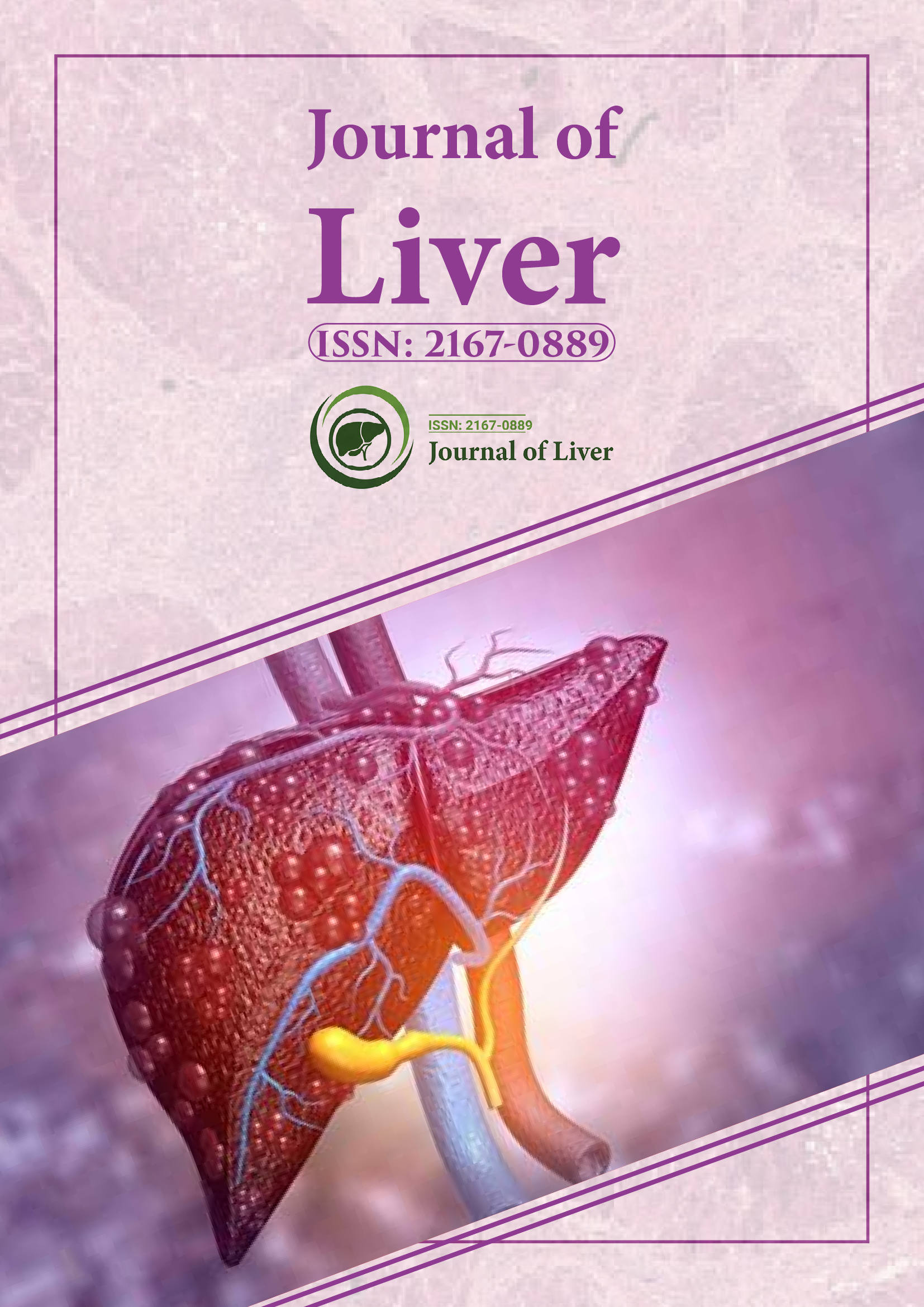Indexé dans
- Ouvrir la porte J
- Genamics JournalSeek
- Clés académiques
- RechercheRef
- Université Hamdard
- EBSCO AZ
- OCLC - WorldCat
- Publions
- Fondation genevoise pour la formation et la recherche médicales
- Google Scholar
Liens utiles
Partager cette page
Dépliant de journal

Revues en libre accès
- Agriculture et aquaculture
- Alimentation et nutrition
- Biochimie
- Bioinformatique et biologie des systèmes
- Business & Management
- Chimie
- Génétique et biologie moléculaire
- Immunologie & Microbiologie
- Ingénierie
- La science des matériaux
- Neurosciences & Psychologie
- Science générale
- Sciences cliniques
- Sciences environnementales
- Sciences médicales
- Sciences pharmaceutiques
- Sciences vétérinaires
- Soins infirmiers et soins de santé
Abstrait
Evaluation of Biliary Secretory Immunoglobulin-A in Recipients of Living-Donor Liver Transplantation
Kentaro Yamagiwa, Yusuke Iizawa, Motoyuki Kobayashi, Toru Shinkai, Takashi Hamada, Shugo Mizuno, Masanobu Usui, Hiroyuki Sakurai, Masami Tabata, Shuji Isaji, Shintaro Yagi, Taku Iida, Tomohide Hori, Koji Fujii and Hajime Yokoi
Introduction: The importance of measuring Secretory Immunoglobulin A (sIg-A) levels in clinical samples from the recipients of liver transplantation is still unclear. An observational study was conducted to investigate the importance of biliary sIg-A in the early period after Living-Donor Liver Transplantation (LDLT).
Methods: The biliary sIg-A level (μg/ml) of 18 patients who underwent LDLT, and a control group of 5 patients who underwent Choledochotomy (CDT) in the Department of Hepatobiliary-Pancreatic Transplant Surgery of Mie University Hospital between 2003 and 2005 was measured on Postoperative Day 7 (POD 7). The biliary sIg-A levels were compared with 11 clinical variables including portal venous Interleukin (IL)-6 levels and Portal Venous Pressure (PVP), on POD 7 in the LDLT group.
Results: The biliary sIg-A levels in the LDLT group (102.8 ± 74.8) were significantly higher (p=0.014) than in the CDT group (11.7 ± 5.6). Postoperative complications developed in 6 patients (33%) in the LDLT group, but there were no significant differences between the biliary sIg-A levels according to whether the patients had developed postoperative complications. There were significant positive correlations between the biliary sIg-A levels and portal venous IL-6 (p<0.006) levels, PVP values (p<0.015), and serum T-Bil (p<0.023) values in the LDLT group.
Conclusions: The measurement of biliary sIg-A in the early period after LDLT is thought to be useful for analyzing postoperative complications with high PVP and hyperbilirubinemia.